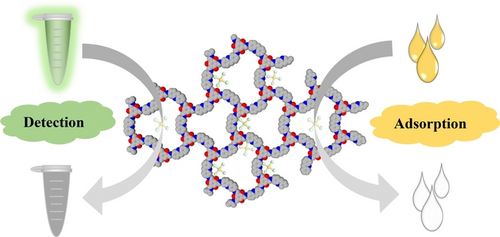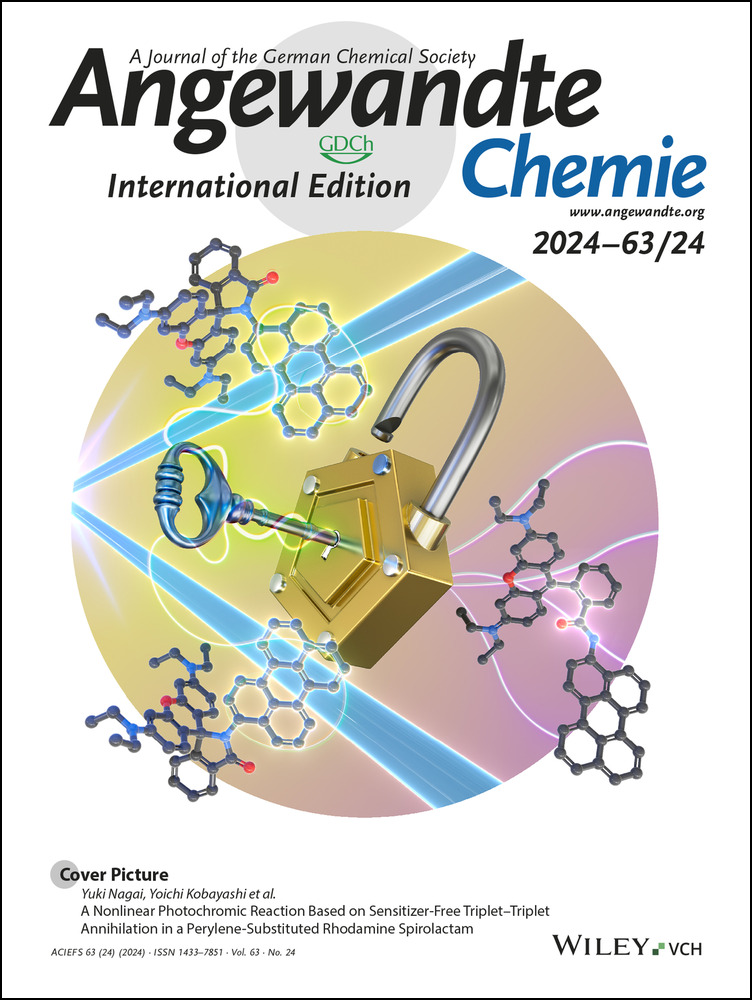A 2D Acridine-Based Covalent Organic Framework for Selective Detection and Efficient Extraction of Gold from Complex Aqueous-Based Matrices
Graphical Abstract
A 2D acridine-based covalent organic framework (TpDa-COF) was prepared for the selective detection and efficient capture of gold. Experimental characterizations and theoretical calculations reveal that the a-photoinduced electron transfer, selective coordination and reductive process of Au(III) to Au(0) are the possible sensing and adsorption mechanisms. Furthermore, TpDa-COF exhibits ultrahigh capture efficiency (>96 %) for gold in real water environments including river water, seawater and CPU leaching solutions.
Abstract
Developing candidate materials which possess the ability of both selective detection and efficient capture of precious metal gold is highly desirable for environment and economy. However, most of reported materials only focus on single function, which seriously restricts their practical application as probes or adsorbents. Herein, a two dimensional (2D) acridine-based covalent organic framework (TpDa-COF) is prepared via the linkage of imine bonds for gold detection and adsorption. The synthesized COF can achieve both fluorescence and colorimetric dual sensing for Au3+ in a low concentration range (0.1–1.5 ppm) with the limit of detection (LOD) of 0.036 ppm. Impressively, the selectivity of TpDa-COF for the detection of Au3+ is admirable (Fe3+, Fe2+ and Cu2+ for negligible influence on its fluorescence). In addition, TpDa-COF exhibits ultrahigh adsorption capacity of 982.5 mg ⋅ g−1 for gold at pH=4, which is attributed the synergistic effect of both selective coordination and reductive process of Au(III) to Au(0). Meanwhile, both positive entropy change (ΔS=76.07 J ⋅ mol−1 ⋅ K−1) and high distribution coefficient (Kd=12484.8 mL ⋅ g−1) confirm the good affinity between TpDa-COF framework and gold. This work gives us a new insight to prepare COF with pyridine nitrogen sites for gold detection and adsorption.
Conflict of interests
The authors declare no conflict of interest.
Open Research
Data Availability Statement
The data that support the findings of this study are available from the corresponding author upon reasonable request.





